Types of Plant Roots Worksheet
Plant roots play a vital role in the growth and survival of plants. Teaching students about the different types of plant roots can help them understand the complexity of the natural world. This worksheet on types of plant roots is designed to provide an engaging and interactive learning experience for students who are interested in biology or botany.
Table of Images 👆
More Other Worksheets
Kindergarten Worksheet My RoomSpanish Verb Worksheets
Cooking Vocabulary Worksheet
DNA Code Worksheet
Meiosis Worksheet Answer Key
Art Handouts and Worksheets
7 Elements of Art Worksheets
All Amendment Worksheet
Symmetry Art Worksheets
Daily Meal Planning Worksheet
What are taproots?
Taproots are a type of root system found in some plants where the main root grows downward with smaller lateral roots branching off from it. These roots are typically thicker and longer than fibrous roots and penetrate deeply into the soil to anchor the plant and absorb water and nutrients. Examples of plants with taproots include carrots, radishes, and dandelions.
What are fibrous roots?
Fibrous roots are a type of root system characterized by having numerous thin, branching roots that spread out horizontally just below the soil surface. These roots help to anchor the plant in the soil, provide stability, and absorb water and nutrients efficiently from a wide area. Typically found in monocot plants, such as grasses, fibrous roots do not have a main root or taproot like plants with a taproot system.
What are adventitious roots?
Adventitious roots are roots that arise from an unusual location, such as stems or leaves, instead of the typical location from a primary root system. These roots can form in response to environmental conditions like flooding, injury, or stress, and help the plant obtain additional nutrients and water from the soil.
What are aerial roots?
Aerial roots are roots that grow above the ground or water surface, typically in plants that grow in swampy or humid environments. They help plants absorb water and nutrients from the air or nearby structures, providing additional support and stability. Aerial roots can also aid in plant propagation by developing into new plants when they come into contact with a suitable growing medium.
What are prop roots?
Prop roots are specialized adventitious roots that grow above the ground from the stem or trunk of a plant. These roots provide additional support to the plant by penetrating into the soil and anchoring it firmly in place. Prop roots can often be seen in trees such as banyan and corn plants, where they help the plant stabilize itself in its environment.
What are storage roots?
Storage roots are plant roots that have been modified to store large amounts of nutrients and water. These modified roots typically have a swollen appearance due to the accumulation of these reserves, and they serve as a vital storage organ for the plant during times of limited resources or drought. Storage roots can be found in a variety of plant species, including carrots, sweet potatoes, and beets.
What are pneumatophores?
Pneumatophores are specialized aerial roots found in some plant species, particularly mangroves, that grow above the ground and help facilitate gas exchange in waterlogged soils by allowing oxygen to enter the roots. These structures aid in the plant's adaptation to anaerobic conditions and prevent suffocation of the roots in oxygen-poor environments.
What are haustorial roots?
Haustorial roots are specialized roots found in parasitic plants that penetrate the host plant's tissues to absorb water, nutrients, and sugars. These roots have modified structures that allow them to connect to the host plant, forming a parasitic relationship where the parasitic plant benefits at the expense of the host plant.
What are contractile roots?
Contractile roots are specialized roots found in certain plants that have the ability to contract and expand, allowing the plant to adjust its depth within the soil. These roots help the plant anchor itself securely in the ground, resist being dislodged by external forces such as strong winds or heavy rains, and support the plant's stability and overall growth.
What are water roots?
Water roots are specialized plant roots that are adapted to taking up water from their surrounding environment. These roots are usually found in aquatic or wetland plants and are designed to efficiently absorb water and nutrients from the waterlogged soil or water they grow in. Water roots often have a high surface area to enhance water uptake and can have specific adaptations to facilitate gas exchange in flooded conditions.
Have something to share?
Who is Worksheeto?
At Worksheeto, we are committed to delivering an extensive and varied portfolio of superior quality worksheets, designed to address the educational demands of students, educators, and parents.

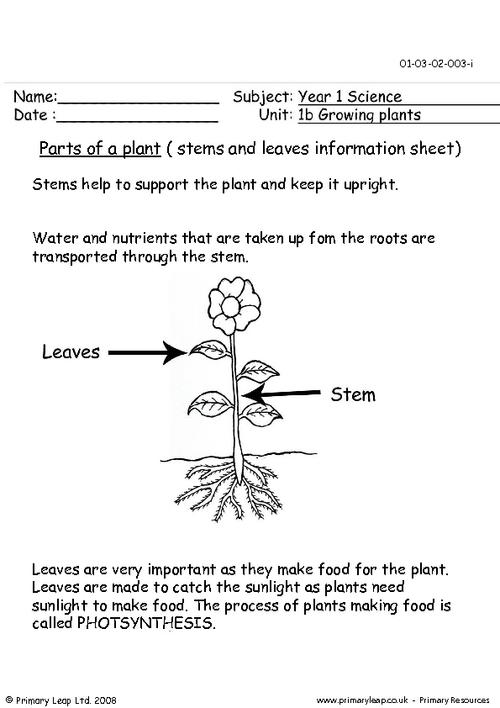





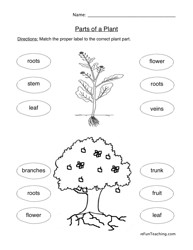


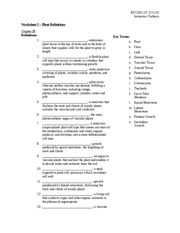
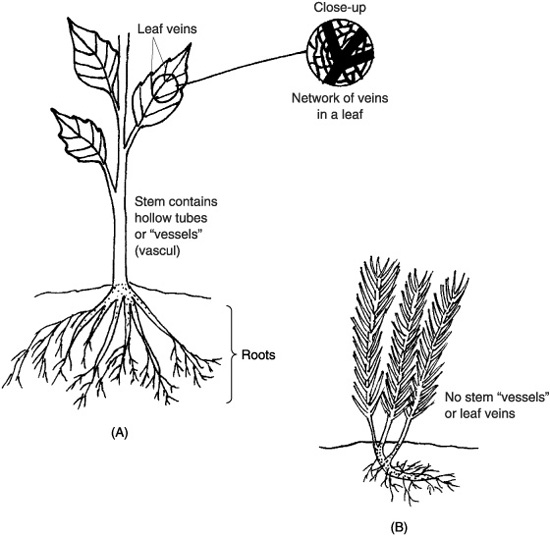
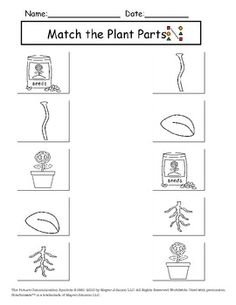














Comments